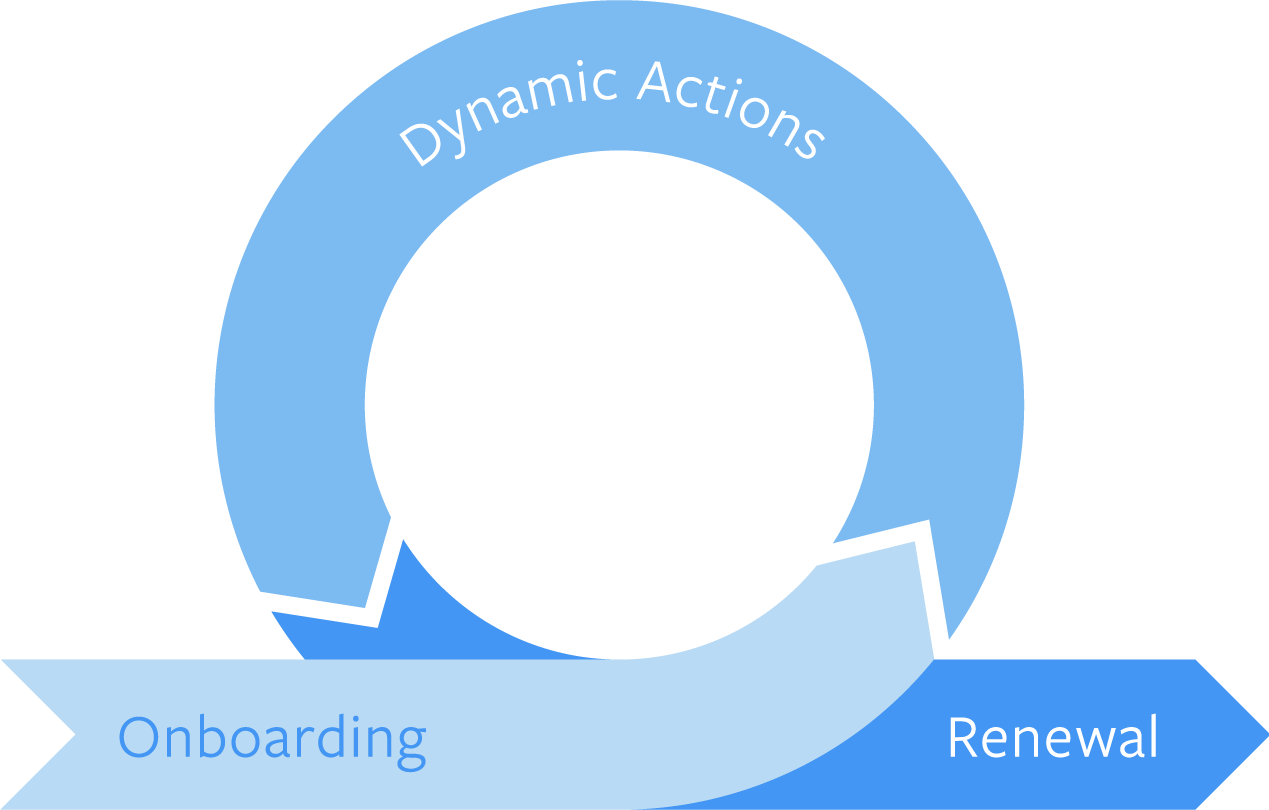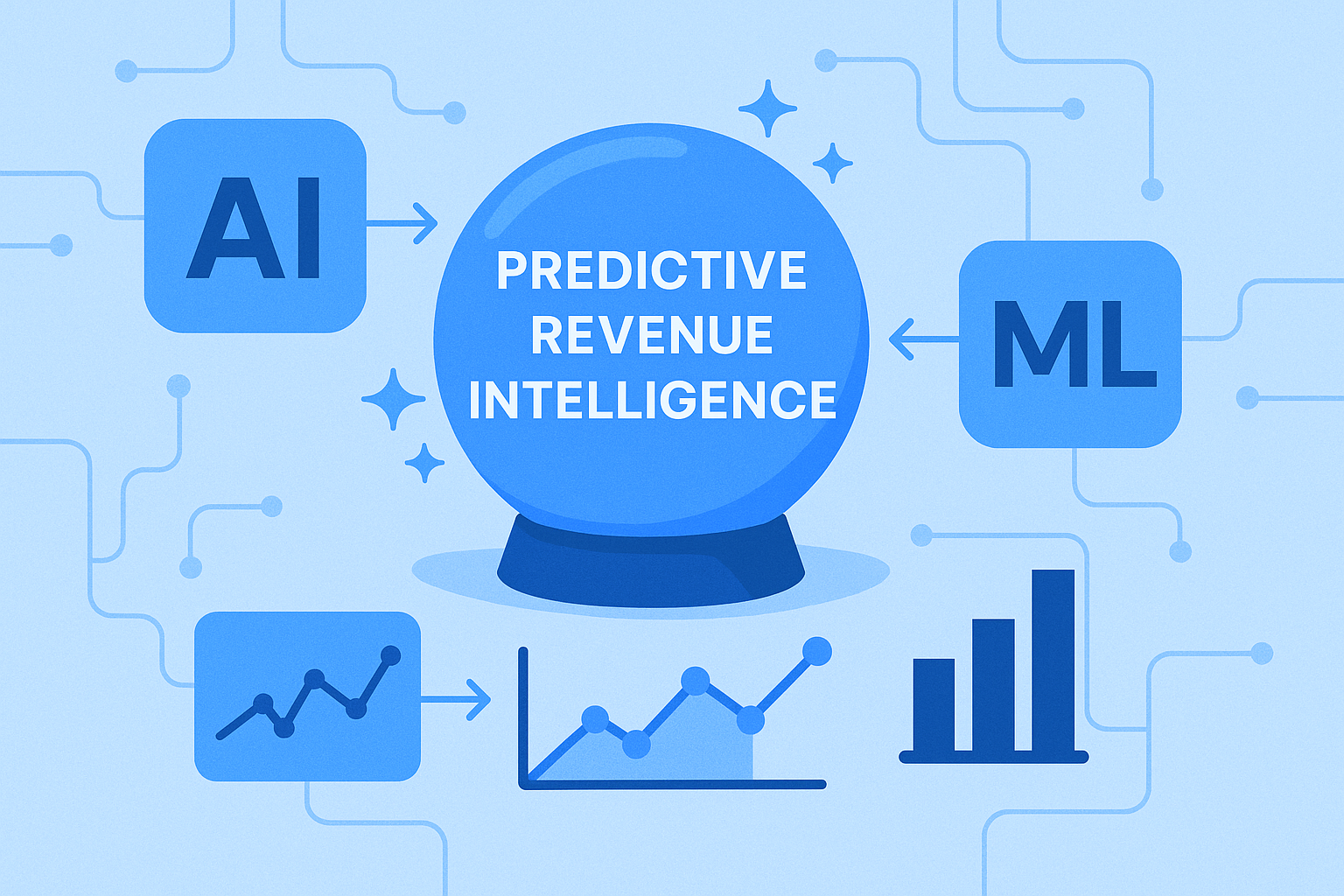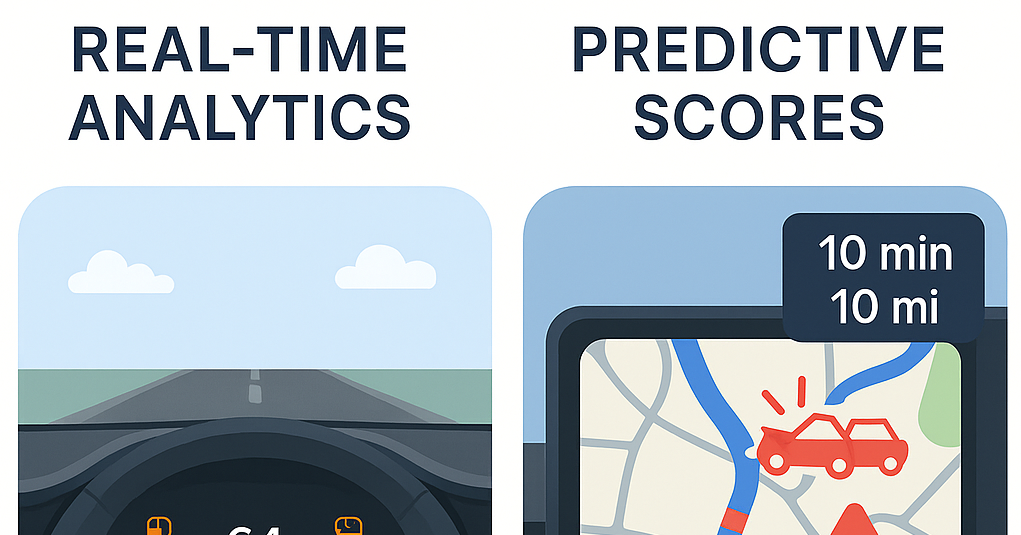The Problem With Customer Success
I’ve been in customer success for a long time, even before it was called customer success. Prior to the customer success movement and the rise of recurring revenue, there were roles and functions designed to support customers, but they were piecemeal and largely reactive versus proactive.
Reactive to Proactive
So, when SaaS became a thing and the recurring revenue rose from niche to “the future”, companies realized that they had to do better and customer success was born. It made a lot of sense. Just like businesses used systems to operationalize their approach to sales, marketing, and product development, they needed to operationalize the ongoing management of their customers. They were in it for the long haul and they no longer had the option to sell and run away. Mutual success required that a customer realized value and renewed year after year.
As a result, companies needed a dedicated team to be responsible for the ongoing health of customers and they needed systems to support those teams.
Software for Customer Success
When customer success started, CS teams didn’t have the right tools. Traditional CRM systems were great for customer data capture but they weren’t designed to support the nuance and complexity of managing a customer lifecycle over time. So, the first customer success focused software solutions emerged.
These systems defined many now standardized processes and best-practices for managing a customer journey and ensuring customers realize value and renew.
It was a huge step forward. It created a common framework for engaging customers over their lifecycle and it looks something like this. You’ll probably recognize it. Most customer success solutions in the market today prescribe a similar approach.

This repeatable, linear approach to customer success moved many companies from an unstructured ad-hoc approach to customer management, to a consistent, repeatable process where customers are taken through a set of common steps to make them more likely to realize value.
Much like the assembly line transformed the auto industry from ad-hoc to repeatable, this “Production-line Customer Success” approach allowed companies to create healthier, long-term relationships with customers that resulted in higher retention and growth rates with those customers.
But, just as traditional manufacturing eventually gave way to the continuous improvement principles of lean manufacturing, limitations in the traditional CS approach are now apparent—the two big problems in customer success are 1) scalability and 2) accountability. An evolved approach is required to thrive in today’s constrained business climate.
Problem 1: Scalability
Production-line Customer Success is a huge step forward from the unstructured (or often absent) approach that preceded it. And it works well on a small scale.
But, as your company grows, your customer count grows. As your customer count grows, customer success teams are asked to do more with less. In fact, I’ve never been in a position where I felt like I had enough CS resources to support the number of customers we were asked to manage. It’s a reality of the role.
More customers means more customers entering or advancing in the production line. The result is an increasing number of tasks assigned to team members that quickly become overwhelming and lose their importance because of all of the noise.
CSMs end up doing the bare minimum in their production line systems to keep their managers off their backs and using their own instincts about which customers to spend time with and really engage.
The result is a CS team that is perpetually spread too thin, frustrated by the amount of data capture they’re responsible for, and unhappy about being overwhelmed with workflow-generated tasks that don’t improve customer outcomes.
The Answer: Dynamic Customer Success
In this frenetic environment, it’s important to realize that more isn't necessarily better when it comes to customer management. There are constant tradeoffs to consider. Time spent with one customer is time not spent with another customer. Time spent entering data is time not spent helping a customer realize value.
When time is so precious, it is absolutely critical that team members make good, data-informed decisions about who they engage and what they do.
Dynamic customer success is designed for companies who value their time. Dynamic CS allows you to closely monitor the health and engagement of customers by analyzing an array of machine-generated signals. Signals like product engagement, marketing engagement, communications engagement, meeting engagement, support engagement, and customer sentiment. These signals then provide real-time visibility into customer risk and opportunity.
Then, instead of running every customer or large cohorts of customers through the same production line, you can prioritize customers that need your attention and engagement the most.

Moving away from production line customer success and embracing dynamic customer success greatly reduces the burden on CSMs and managers. It shifts the paradigm from “do everything” to “focus on what really matters and do it well”.
Problem 2: Accountability
The lack of focus in customer success led to a lack of true accountability. We all know what your customer success team does is impactful, but can you prove it? This is one of the biggest knocks on customer success as a function. It’s not enough to say CS is accountable for the success of customers if “success” isn’t clearly quantified and measurable. If you look across other go-to-market orgs, this is not the case. sales, marketing, services, and business Development all have clear and accountable measures. The lack of accountability metrics in customer success also leads to confusion about who is responsible for what. Because if it’s not clear who’s accountable, then no one is accountable. For customer success to grow its influence and importance within business, accountability and clear performance metrics are essential.
The Answer: Accountable Customer Success
Once a team narrows their focus to what really matters, the next step is to measure the impact of their actions and correlate that impact to important business metrics like churn, growth, and engagement. Then, the value of customer success becomes self-evident and the yield from an investment in customer success becomes predictable. It seems like a pretty simple idea but if you look across the landscape of CS software, these systems generate a lot of activity but don’t do a good job of measuring impact. In today’s economic climate, quantifying the impact of the work of CS teams is essential to continuing to raise the influence and the importance of customers success as a function.
Conclusion
A customer success model built for scalability and accountability is a game changer. Not only will it help your team make better decisions about customer engagement that will lead to increased net retention, you will have happier team members who are less overwhelmed, more engaged, and better able to help their customers thrive. And the value of what you and your team do will be clear and unambiguous.
I started Reef because I really needed software that was built to support dynamic, accountable customer success and it didn’t exist. If your team is struggling with task overload or if you’re looking to quantify the value that your team delivers, check out Reef.




